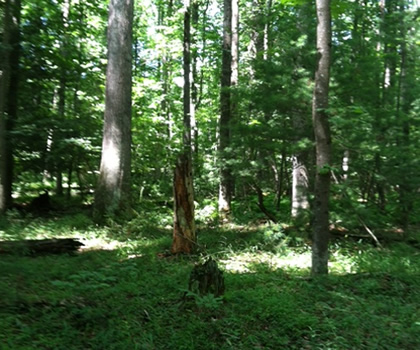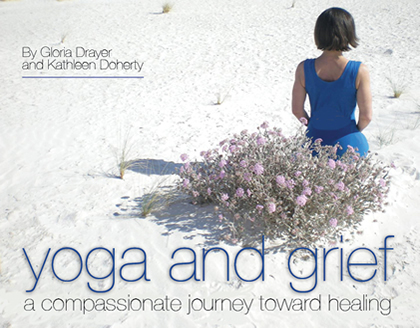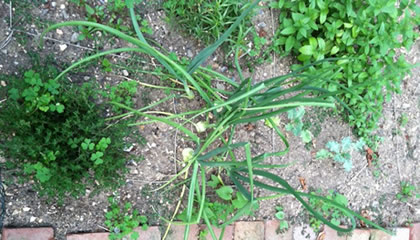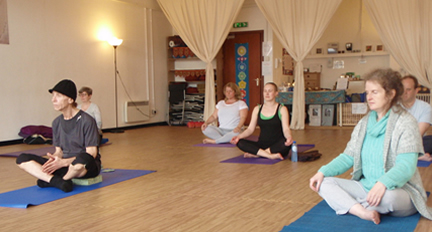
About a month ago my husband, Jim, and I had a talk about, well, about having fun. It wasn’t that we weren’t doing things together. We were good about working together on projects and supporting one another in our individual interests. What we weren’t doing was taking time to do things we enjoyed.
So we decided not to make appointments or plan other things on Thursdays. Instead we would choose something to do we could enjoy together. For example, one week we visited Hershey Gardens and lunched in Hershey. Another week we drove to Pine Grove Furnace and explored the State Park, taking a long hike, and lunching in Carlisle. This Thursday we went biking on the Buffalo Valley Rail Trail and had an ice cream cone before driving home from Lewisburg.
We don’t have lives as busy as many of you, especially those of you with children and grandchildren you care for. But, I have to tell you that we have enjoyed our days off, and I can imagine that taking an hour or two even once month would be enjoyable as well as healthful.
As you can see from our plans, our outings have taken us to places where we can enjoy nature. The beautiful mild summer days we have had certainly have encouraged all of us to spend some time outside. Personally, I know that this time outside, in nature is important to my well-being.
I came across the concept of shinrin-yoku or “forest bathing” in a recent article in Oprah magazine. This idea, which is hugely popular in Japan, refers to an immersion in nature, especially in forests. In fact, getting out into the woods is considered a kind of preventative medicine.
The Japanese first began studying the health effects of immersing yourself in a forest environment, and since then other studies have supported its positive effects on health as well. These studies have observed “that forest environments promote lower cortisol concentrations, lower heart rate, lower blood pressure, better immune system functioning and greater parasympathetic nerve activity” (Source: PsychologyOfWellBeing.com). In other words, your stress response is reduced and your immune response increased.
I know days will come when “forest bathing” is not practical. We will wake up to a rainy or cold Thursday. And, then, winter will challenge us unless we take up cross-country skiing. But we will find new activities and places to enjoy on Thursdays. After all, we dedicated this day to doing something enjoyable together.
I have to admit, however, I will miss the comfortably warm days of summer that encourage our days hiking in woods, biking through fields, and just spending time in nature, which is also our home, as well as preventative medicine.
You can find an interesting article on “forest bathing” in the online edition of Outside magazine.





